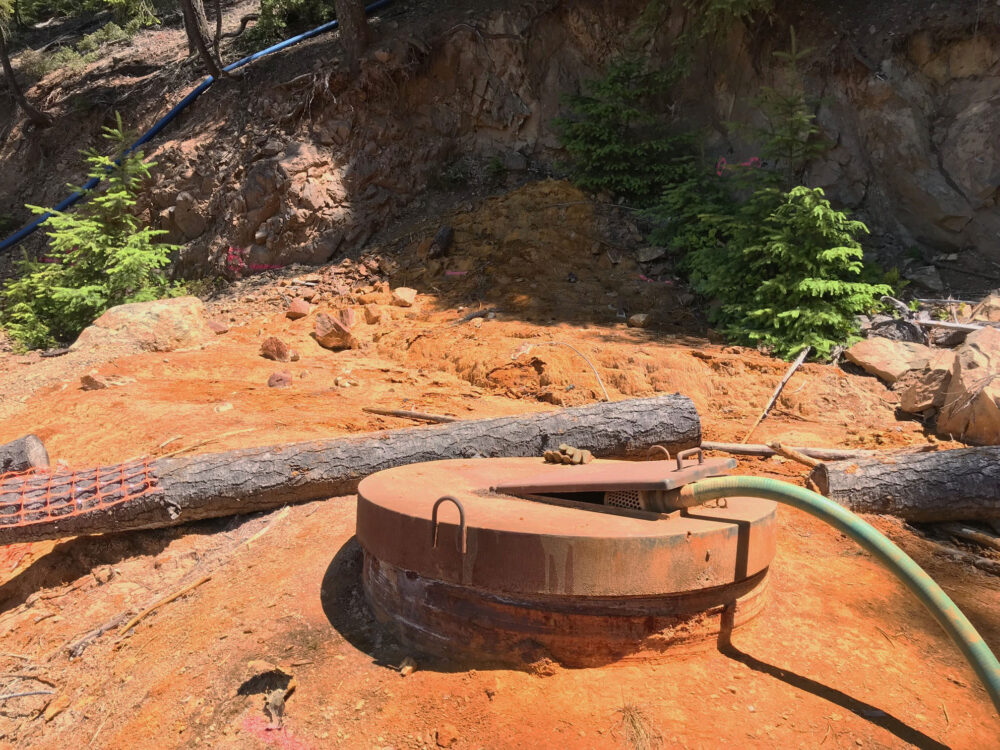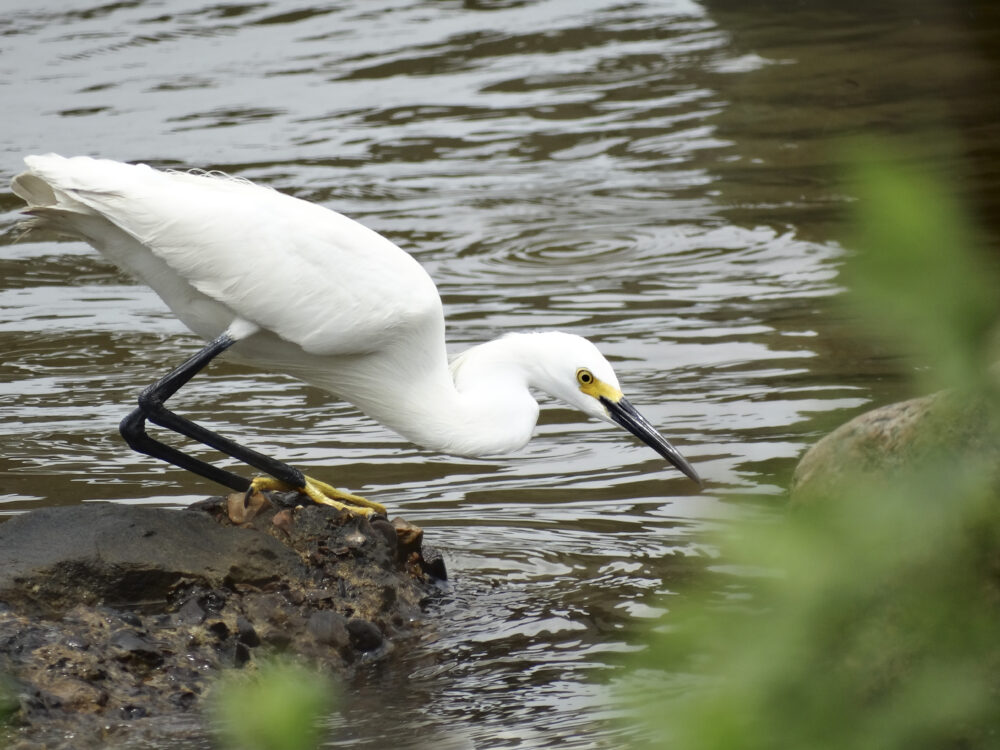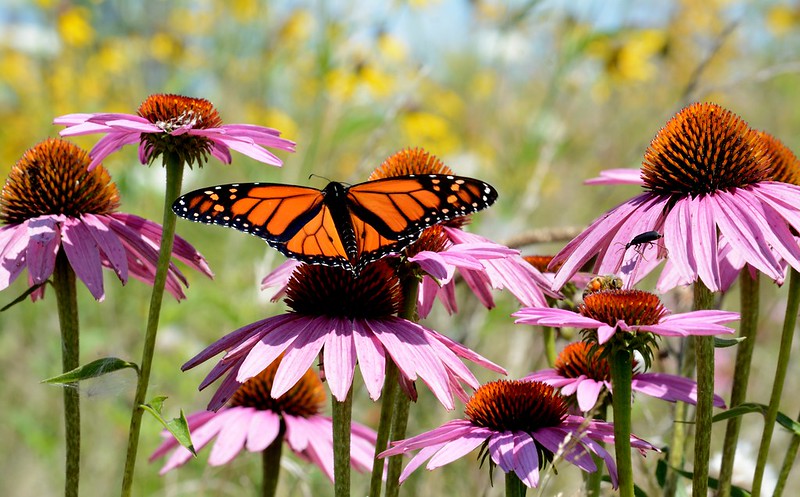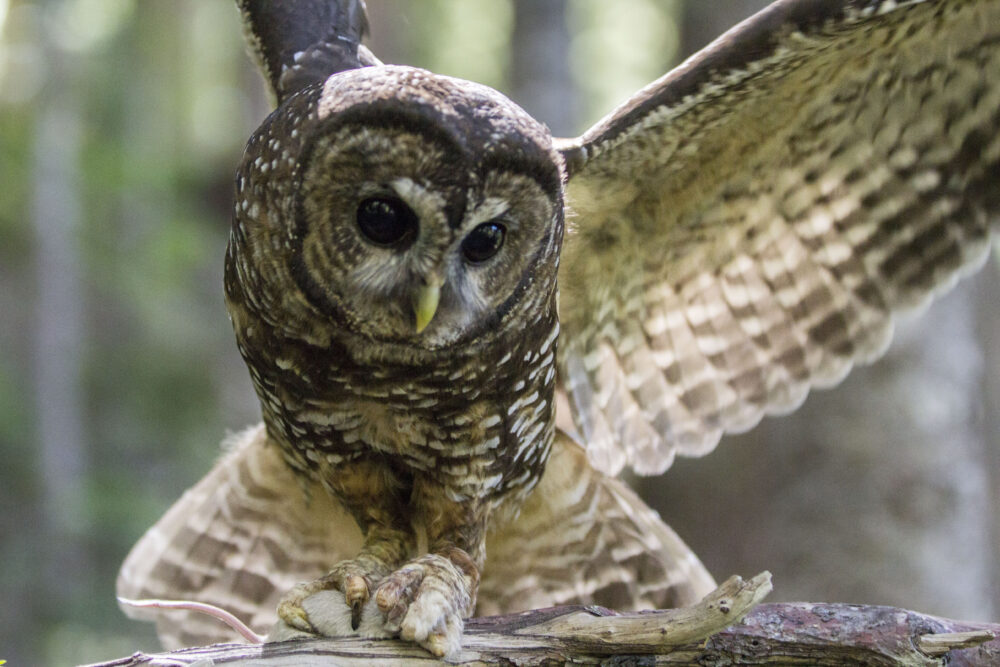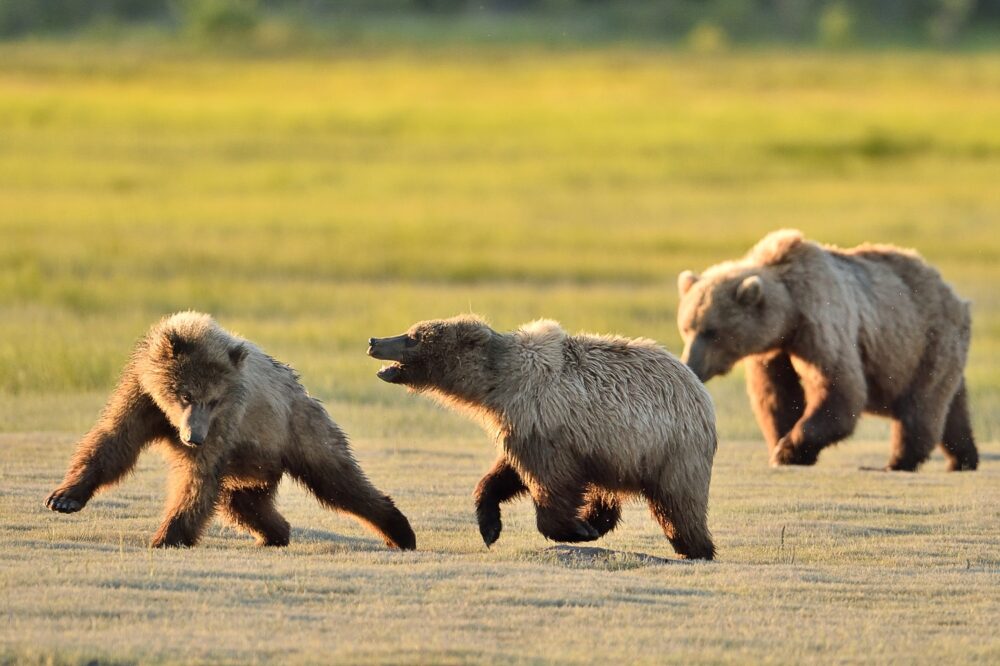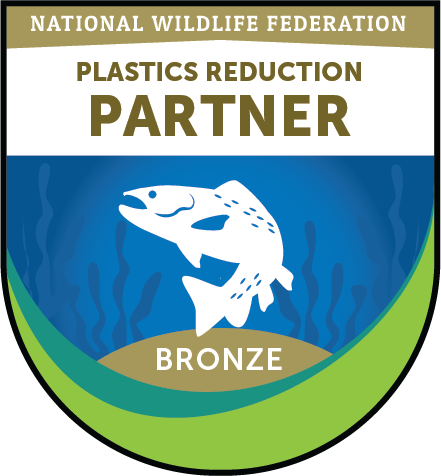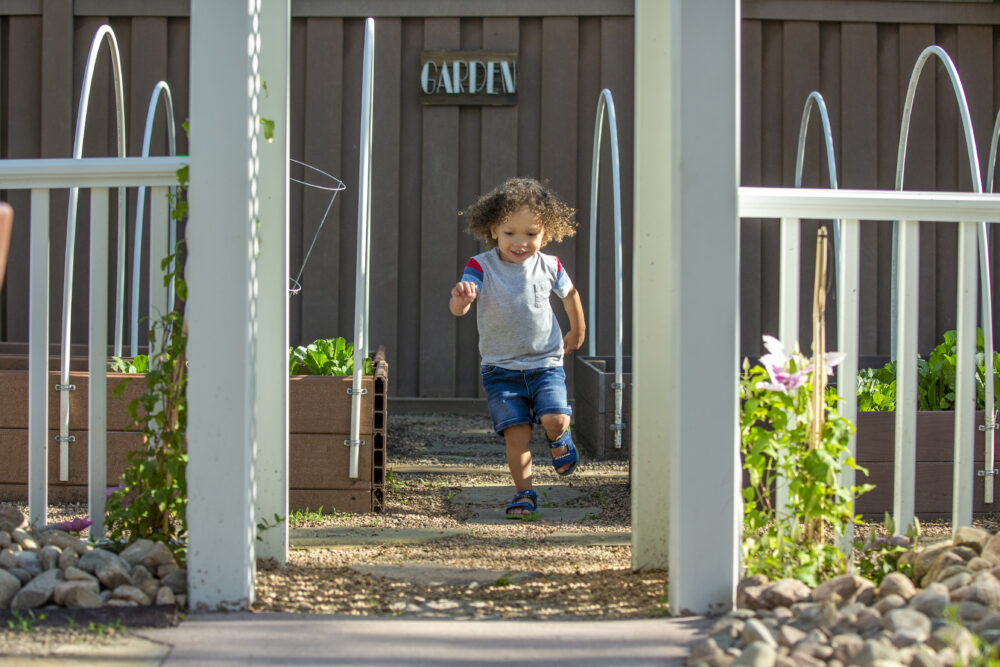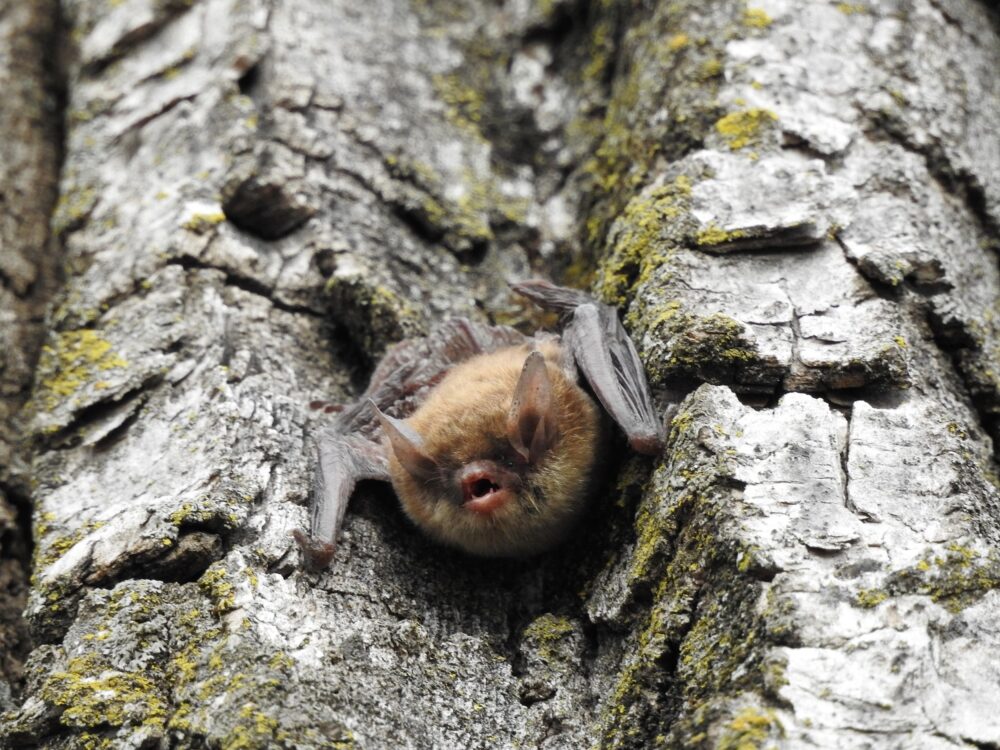We have much more to do and your continued support is needed now more than ever.
In Search of Urban Critters
People often think they have to travel far to see nature. They overlook the nature in their own backyards, schoolyards, neighborhoods and yes, even cities. There is plenty of nature in our cities and you don’t have to be in a city park to see it.
One summer evening, after doing a live radio show in downtown Philadelphia, my husband and I chatted with the show’s host on the sidewalk in front of the station building. It was 9 p.m. on a hot night and the traffic was whizzing by on this busy city street–no grass or plant life for blocks. Yet, as we chatted, I noticed a praying mantis on the side of the building. We were all surprised to see it.
On a September morning in Central Park in Manhattan, while doing a photo shoot for one of my books, I found myself surrounded by hundreds of common green darners (dragonflies). They were migrating right through the park! And at the intersection of 30th and Market Streets in Philadelphia, I spied a bald eagle soaring overhead! No kidding!
City streets, buildings, and parking lots act like heat collectors, making cities warmer than their surrounding areas. The warmer climate allows some species to thrive because they can bloom or lay their eggs earlier. We’ve all seen pigeons, gulls, and starlings in cities but have you noticed any peregrine falcons, red-tailed hawks, or cormorants? How about butterflies and moths, or rabbits and squirrels?
Here’s a helpful list of places to look and the nature to look for the next time you’re in a North American city:
- Bridges, buildings and rooftops provide shelter and nesting sites for birds.
- Lights (flood lights, streetlights, building lights) attract insects and insect eaters.
- Parking lots attract gulls, sparrows, starlings, and crows and you can often seen wildflowers growing near the blacktop.
- Signs and letters on sides of buildings make attractive nesting sites for house sparrows.
- Windowsills and window air conditioners are popular places for mourning doves to nest.
- Street lights and traffic lights are good perches for birds to rest or watch for road kill or other food sources.
- Trees provide food, shelter, and nesting sites for birds, mammals, insects, and even reptiles.
- Bushes are great hiding and nesting sites for birds. Berry-bearing bushes provide food for berry-eating animals.
- Ponds, lakes, and rivers are great places to see reptiles and amphibians (such as turtles, frogs, and snakes), fish, wading and diving birds, gulls, and dragonflies.
- Lawns and gardens attract butterflies, bees, beetles, and other insects.
- Grassy areas attract for mammals such as rabbits, squirrels, and deer.
- Abandoned lots attract many kinds of insects and animals and are good places for plants to set root.
The next time you take your children to the city, notice the nature around you. If you live in an urban area, teach your children–and remind yourself–to observe the plants and animals you may not ordinarily notice.
See you in the outdoors!
P.S. If you want to find out more about nature in the city, check out my book, Take a City Nature Walk.
 Jane Kirkland is the award-winning author of the “Take A Walk®” series of nature discovery books as well as “No Student Left Indoors: Creating a Field Guide to Your Schoolyard”, the acclaimed educator’s guide to helping students discover nature in their schoolyard. To learn more about Jane and her books visit: www.takeawalk.com.
Jane Kirkland is the award-winning author of the “Take A Walk®” series of nature discovery books as well as “No Student Left Indoors: Creating a Field Guide to Your Schoolyard”, the acclaimed educator’s guide to helping students discover nature in their schoolyard. To learn more about Jane and her books visit: www.takeawalk.com.



